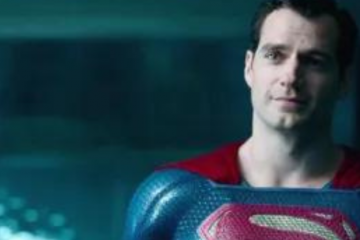
Your palm should face the drivers behind you. Bend your elbow and point the hand down toward the road with your fingers extended. Extending your left arm out of the window. When you intend to stop or slow down, signal your intentions when pressing on the brake by: Try to make your arm as visible as possible to those around you. Bend the elbow at a 90-degree angle so that the hand is pointing up and your palm is facing forward. Extending your left arm out of the driver's side window. When turning right or changing lanes from left to right, make a right-hand turn signal by: Try to make your arm as visible as possible. Extending your left arm sideways from the driver's window, keeping your arm straight and your fingers extended. When making a left-hand turn or changing lanes from right to left, you'll need to make a left-hand turn signal by: This improves safety and can help to avoid an accident.īelow are the basic hand signals you may need to use if you are a cyclist or a motorist whose turn signals aren't working properly. Signaling helps make other motorists, cyclists, and pedestrians aware of your intentions on the road. Using hand signals when turn signals are not an option. Also, it is a good idea to find a location without any ditches, mailboxes, or other major obstacles on either side.Whether you're making a lane change or turn, state laws require you to signal your intentions to other drivers on the road. 
When you practice doing a 3-point-turn for the first time, make sure you are on a street with very little traffic so that you can take your time. While most drivers only occasionally use this strategy when it is absolutely necessary, the ability to complete a three point turn is a useful skill for every driver to have. Similar to parallel parking, the three point turn is often an area of concern for individuals who are preparing to obtain their license. Successfully completing a 3-point turn (three point turn) is a common requirement for most driver’s license examinations. The three-point turn is sometimes called a Y-turn, K-turn, or broken U-turn. This type of turn is usually done when the road is too narrow for a U-turn. The three-point turn is a way of turning a vehicle around in a small space by going forward, turning to one side, then backing up, turning in order to face the other direction, then going forward again.





 0 kommentar(er)
0 kommentar(er)
